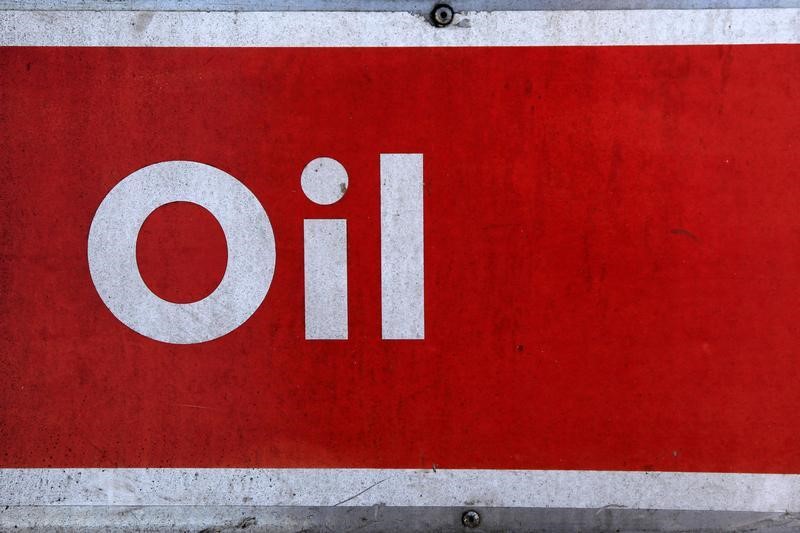(Bloomberg) -- Oil is on track to post its biggest weekly slide since mid-June, with a stronger dollar, the prospect of increased supplies and depressed demand all contributing to the bearish sentiment.
Futures fell as much as 0.5% in a third day of declines. Investors are turning more risk averse, with U.S. equities tumbling by the most in almost three months, while a stronger greenback pares demand for dollar-denominated commodities. Meanwhile, Iraq signaled it may seek an extension to implement extra output cuts as part of the OPEC+ deal.
U.S. crude lost more than 4% this week, as the passing of Hurricane Laura returned the focus to an uncertain demand outlook amid the ongoing pandemic, putting the market on track to break a run of four weekly gains.
After a four-month rally, U.S. benchmark crude futures are off to a weak start in September with demand seen softening further as refineries begin seasonal maintenance. The global recovery from the virus continues to be patchy, with some areas in the process of reopening their economies while others are facing new surges in infections. On the supply side, OPEC+ began to taper production cuts in August, with Saudi Arabia raising output by just over 400,000 barrels a day during the month.
Refinery maintenance in the fall typically leads to reduced demand for crude and profit margins for refiners at the weakest seasonally in about a decade does not provide much incentive for plants to continue to operate.
In a further sign of bearish sentiment, the shape of WTI’s forward curve has weakened this week. WTI’s near-term contract is at the biggest discount to its second-month contract since June, a deeper contango that indicates growing concern about oversupply.
©2020 Bloomberg L.P.
